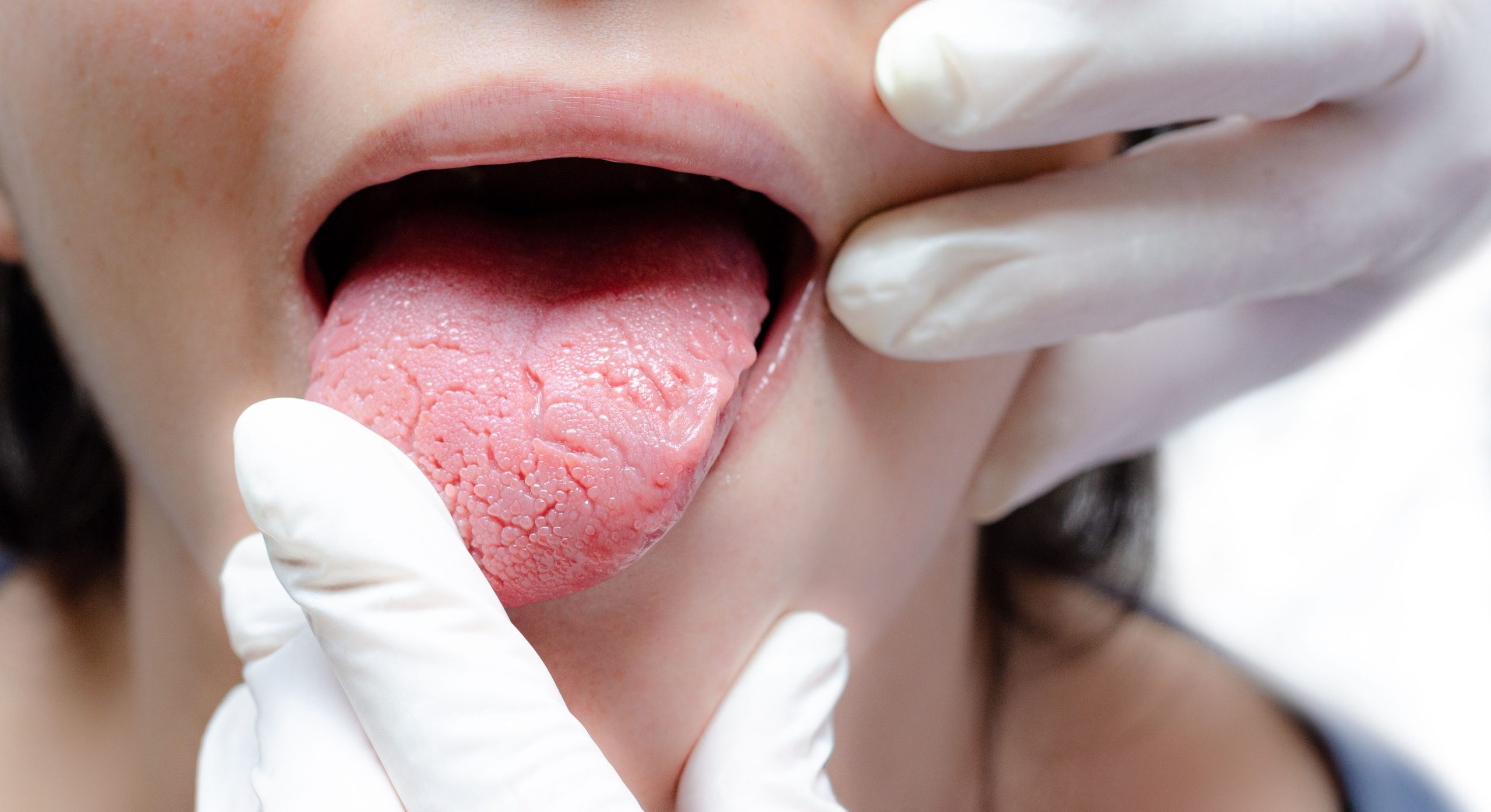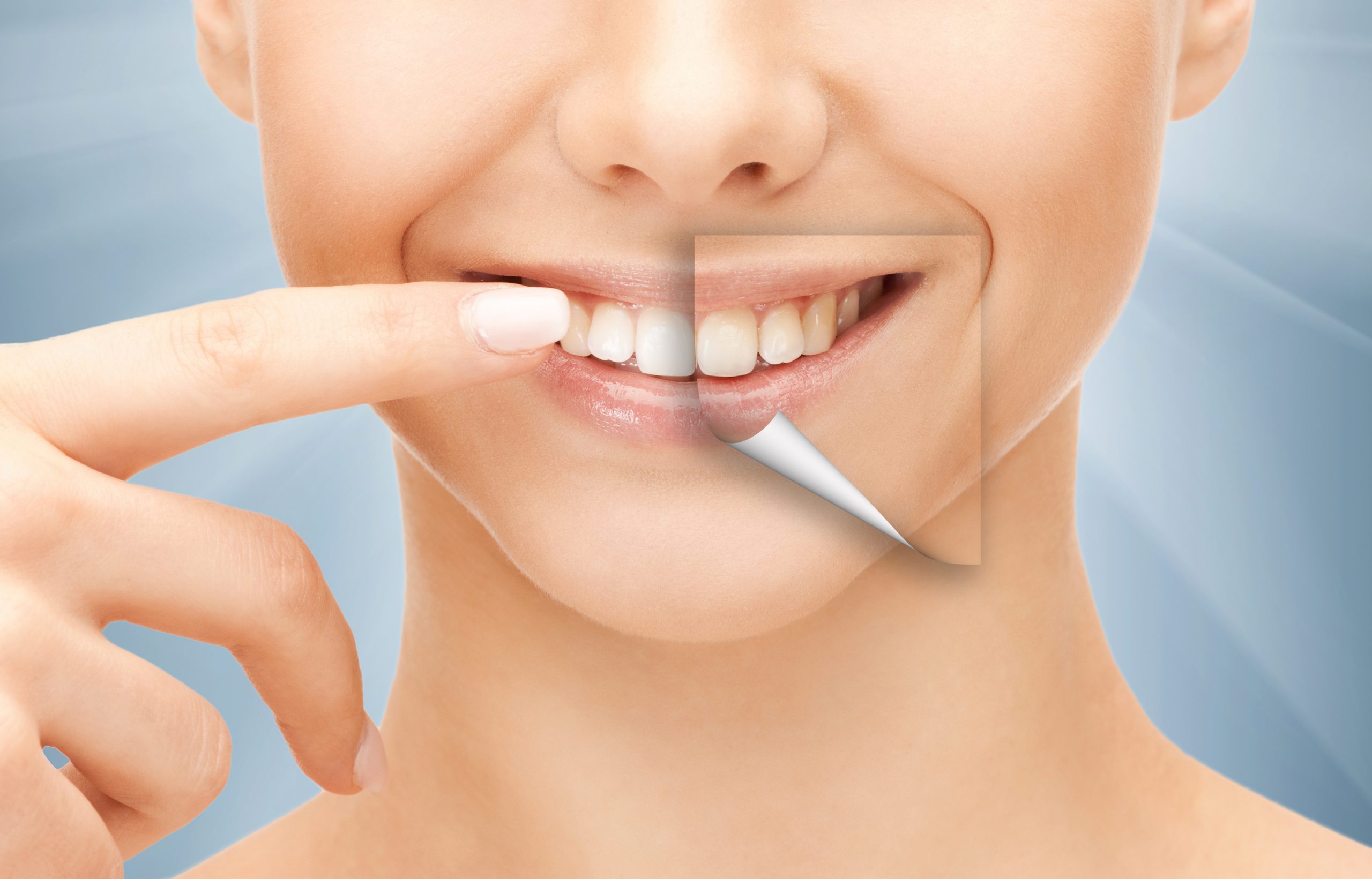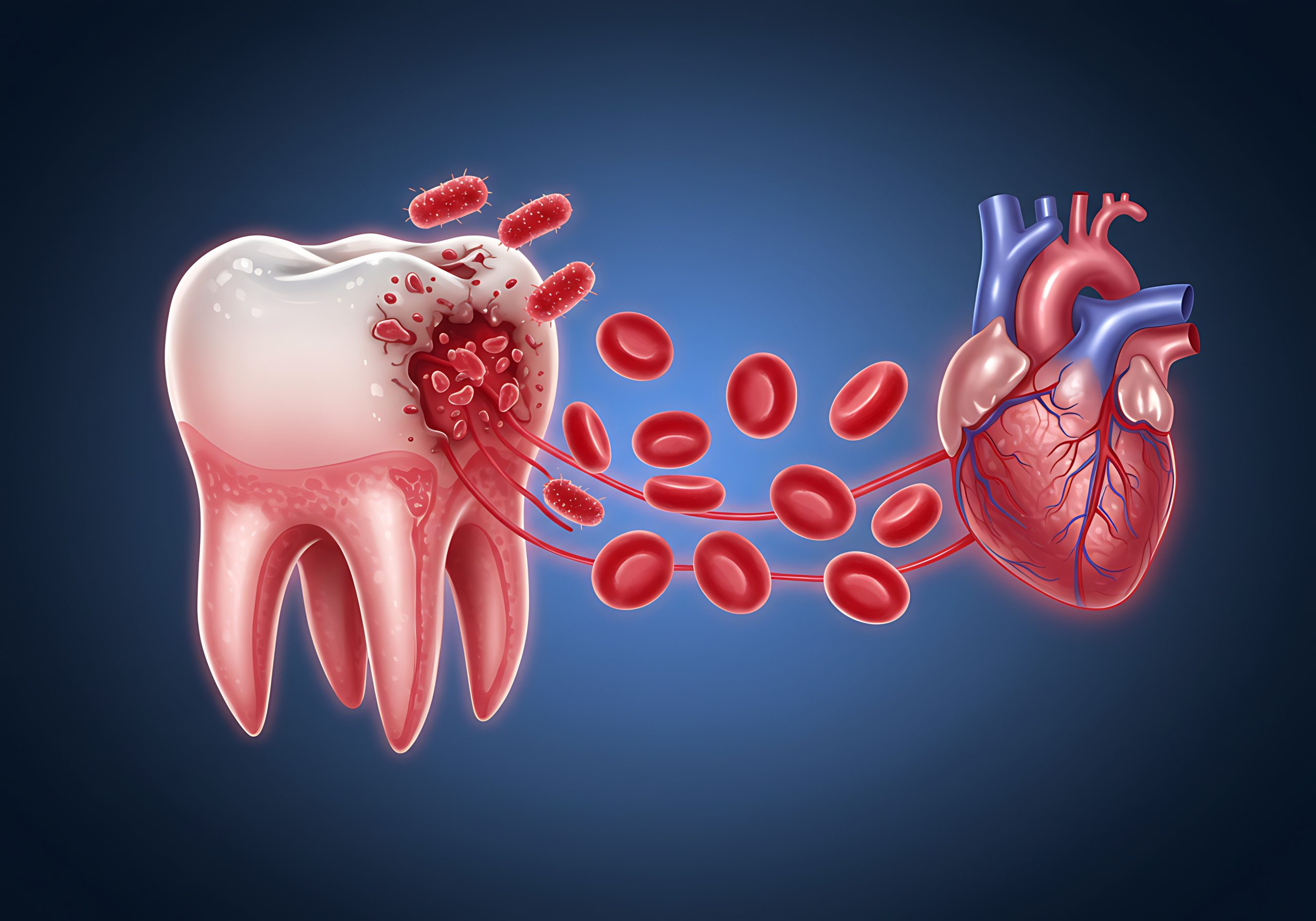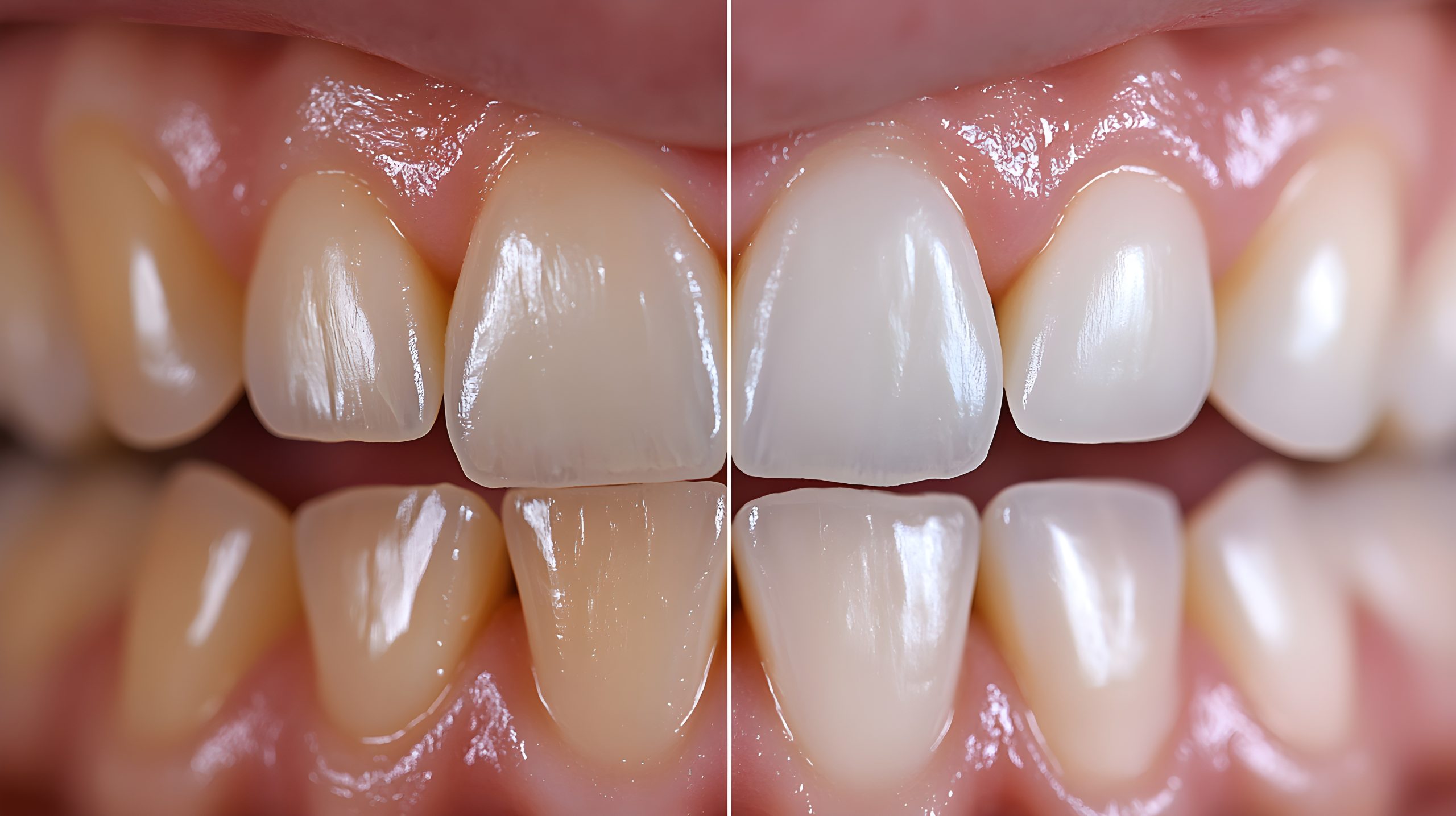Oral thrush is a common mouth infection that many people experience at least once in their life. It looks like white patches inside the mouth and can cause discomfort while eating or swallowing. The good news is that it’s easy to diagnose and treat when caught early.
In this blog, we’ll explain everything you need to know about oral thrush — its causes, symptoms, treatments, and how to prevent it in the future.
What is Oral Thrush?
Oral thrush (also called oral candidiasis) is a fungal infection caused by Candida, a type of yeast that naturally lives in our mouth. When this fungus grows out of balance, it creates white, creamy patches inside the mouth and throat.
Who is More Likely to Get Oral Thrush?
Anyone can develop oral thrush, but it is more common in:
- Babies and toddlers
- Older adults
- Diabetic patients
- People with weak immune systems
- People using inhalers for asthma
- Denture wearers
- Smokers
People who recently took antibiotics or steroids
Common Symptoms of Oral Thrush
You may notice one or more of the following:
- White, creamy patches on the tongue, cheeks, gums, or throat
- Redness or soreness inside the mouth
- Burning sensation or discomfort while eating
- Cracked corners of the mouth
- Loss of taste
- Difficulty swallowing (in severe cases)
Tip: Thrush patches do not scrape off easily, and if forcefully removed, they leave a red, painful surface.
What Causes Oral Thrush?
Oral thrush usually develops when something disrupts the natural balance of bacteria and yeast in the mouth. Some common causes include:
1. Antibiotics & Steroids
These can kill good bacteria, allowing fungal growth.
2. Poor Oral Hygiene
Irregular brushing, unclean dentures, or smoking increase risk.
3. Uncontrolled Diabetes
High sugar levels create a perfect environment for infection.
4. Dry Mouth
Less saliva → more fungal growth.
5. Weakened Immune System
Conditions like HIV, cancer therapy, or autoimmune disorders.
How Is Oral Thrush Diagnosed?
At clinics like Sai Yashoda Dental Care, your dentist can diagnose thrush simply by:
- Checking the white patches inside the mouth
- Asking about your symptoms and medical history
- In rare cases, taking a small swab for lab testing
Diagnosis is quick and painless.
Treatment Options for Oral Thrush
Treatment depends on your age, health condition, and severity of the infection.
1. Antifungal Medications
Your dentist may prescribe:
- Antifungal mouth gels
- Oral antifungal tablets
- Antifungal drops for babies
These usually clear the infection in 7–14 days.
2. Treating Underlying Causes
- Adjusting diabetes medication
- Improving oral hygiene
- Replacing poorly fitting dentures
- Rinsing after using steroid inhalers
- Hydrating the mouth to avoid dryness
3. Home Care Tips
These help speed up recovery:
- Rinse with warm salt water
- Reduce sugar intake
- Avoid spicy or acidic foods
- Brush twice a day with a soft brush
- Disinfect dentures overnight
How to Prevent Oral Thrush
Preventive care is the best long-term solution:
- Maintain good oral hygiene
- Clean and remove dentures every night
- Rinse your mouth after using inhalers
- Keep diabetes well-controlled
- Drink enough water to avoid dry mouth
- Visit your dentist regularly for check-ups
When Should You See a Dentist?
Visit a dentist immediately if:
- The white patches spread quickly
- You have pain or difficulty swallowing
- You are diabetic and symptoms are getting worse
- The infection keeps returning
- Your baby has trouble feeding due to thrush
Early treatment prevents complications and discomfort.
Your Next Step Toward Better Oral Health
Oral thrush is treatable and usually clears up quickly when addressed at the right time. If you notice unusual white patches or discomfort in your mouth, don’t ignore it. At Sai Yashoda Dental Care, our team provides safe, gentle, and effective treatment to help restore your oral health.










